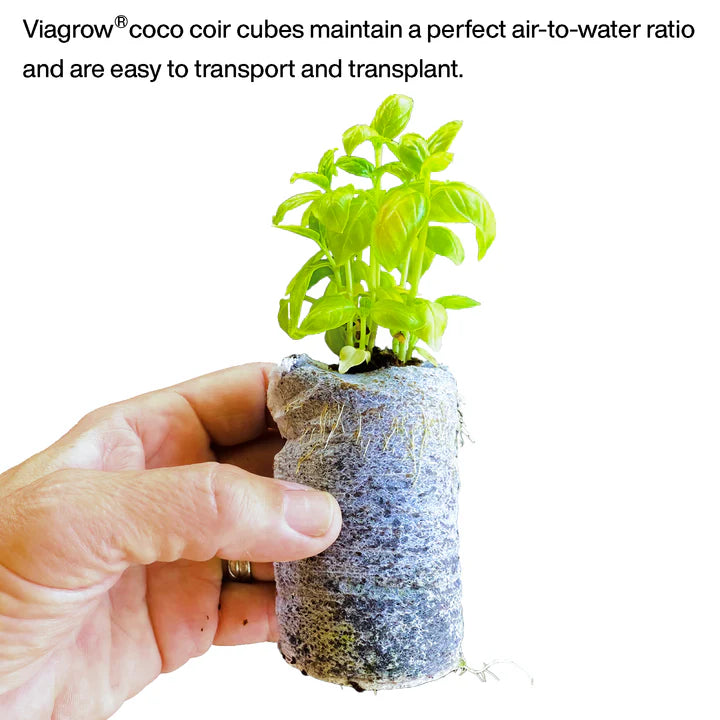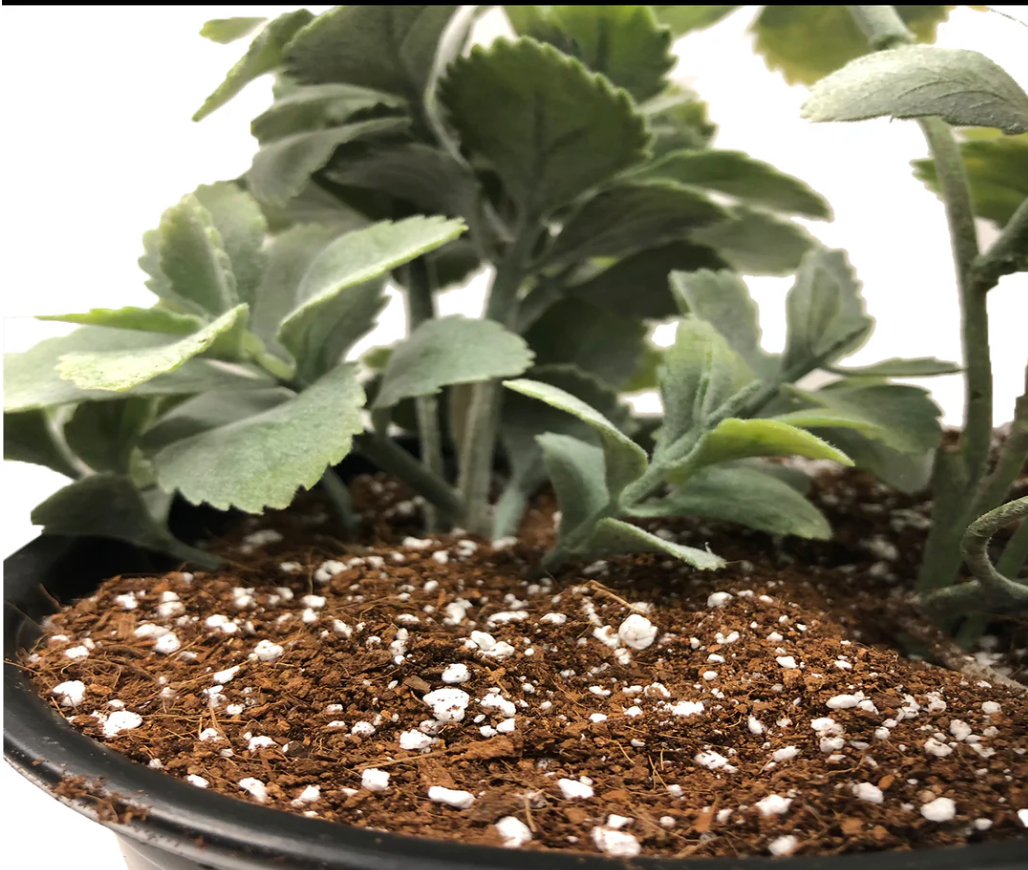Seed germination is a crucial step in gardening, laying the foundation for healthy and productive plants. One effective and popular medium for this process is coconut coir seed starter plugs. These plugs offer numerous benefits for seed germination, making them an excellent choice for gardeners of all experience levels. In this article, we'll guide you through germinating seeds using coconut coir seed starter plugs.
Understanding Coconut Coir Seed Starter Plugs

Coconut coir is derived from the fibrous husk of coconuts. It's a natural, sustainable, and biodegradable material known for its excellent water retention and aeration properties. Coconut coir seed starter plugs are compact, easy-to-use plugs made from this versatile material. They provide an ideal environment for seed germination and root development.
Benefits of Using Coconut Coir
Coconut coir offers several advantages over traditional seed starting mediums such as peat moss or soil:
- Sustainable: Renewable resource, unlike peat moss.
- Water Retention and Aeration: Optimal balance prevents waterlogging and promotes healthy root growth.
- Neutral pH: Suitable for a wide variety of plants.
- Pest and Disease Resistance: Less prone to harboring pests and diseases compared to soil.
Preparing Your Coconut Coir Seed Starter Plugs

To prepare your coconut coir seed starter plugs, start by hydrating them. Use clean, lukewarm water and place the plugs in a tray or container. Pour water over the plugs until they are fully saturated, and allow any excess water to drain away. The plugs should be moist but not waterlogged. You can check this by gently squeezing a plug; it should release a small amount of water but not be dripping wet.
Planting Your Seeds

Choose high-quality seeds suitable for your growing conditions and gardening goals, whether you're growing vegetables, herbs, or flowers. To plant your seeds, create a small hole in the center of each plug using a pencil or dibbler. Place one or two seeds in each hole and gently cover them with a thin layer of coir or press them lightly into the plug.
For seed depth, a general rule is to plant seeds at a depth of 2-3 times their diameter. Ensure the seeds are evenly spaced to prevent overcrowding and competition for resources.
Creating the Optimal Germination Environment
Seeds require specific conditions to germinate successfully. Most seeds germinate best at temperatures between 65°F and 75°F. Some seeds need light to germinate, while others prefer darkness, so check the seed packet for specific light requirements. Maintain high humidity levels to keep the plugs moist.
Place the seed starter plugs in seed trays and cover them with humidity domes to maintain the necessary humidity levels. Position the seed trays in a warm, well-lit area. If natural light is insufficient, consider using grow lights to provide the necessary light spectrum for germination and early growth.
Caring for Your Germinating Seeds
Check the moisture level of the plugs daily and water as needed to keep them moist but not waterlogged. Remove the humidity dome once the seeds have sprouted and true leaves appear. Ensure the environment remains within the optimal temperature range.
Signs of successful germination include seedlings with healthy, green leaves. Monitor their growth to ensure they are developing properly. Troubleshoot common germination problems by ensuring proper air circulation to prevent mold growth, avoiding overwatering, and checking seed viability if there is a lack of sprouting.
Transplanting Seedlings
Transplant seedlings when they have developed a strong root system and several true leaves. Choose larger pots or garden beds and prepare the soil. Gently remove the seedlings from the plugs, taking care not to damage the roots, and plant them at the same depth they were growing in the plugs.
To minimize transplant shock, water the seedlings immediately after transplanting and provide shade from direct sunlight for a few days to help them acclimate. Keep an eye on the seedlings and provide additional support if needed.
Benefits of Using Coconut Coir Seed Starter Plugs
Viagrow coconut coir seed starter plugs offer several advantages:
- High-Quality Materials: Made from premium, triple-washed coir.
- Sustainability: Eco-friendly and biodegradable.
- Optimal Performance: Designed to provide the perfect balance of water retention and aeration.
Experience the benefits of Viagrow coconut coir seed starter plugs for yourself. Visit our website to learn more and start your seed germination journey with confidence.
Start Your Gardening Success with Coconut Coir
Germinating seeds using coconut coir seed starter plugs is an effective and sustainable method that promotes healthy seedling growth. By following the steps outlined in this guide, you can ensure successful germination and enjoy a thriving garden. Start your seed germination journey with Viagrow coconut coir today and explore more gardening tips and advice on our blog. Happy gardening!









Laisser un commentaire
Tous les commentaires sont modérés avant d'être publiés.
Ce site est protégé par hCaptcha, et la Politique de confidentialité et les Conditions de service de hCaptcha s’appliquent.